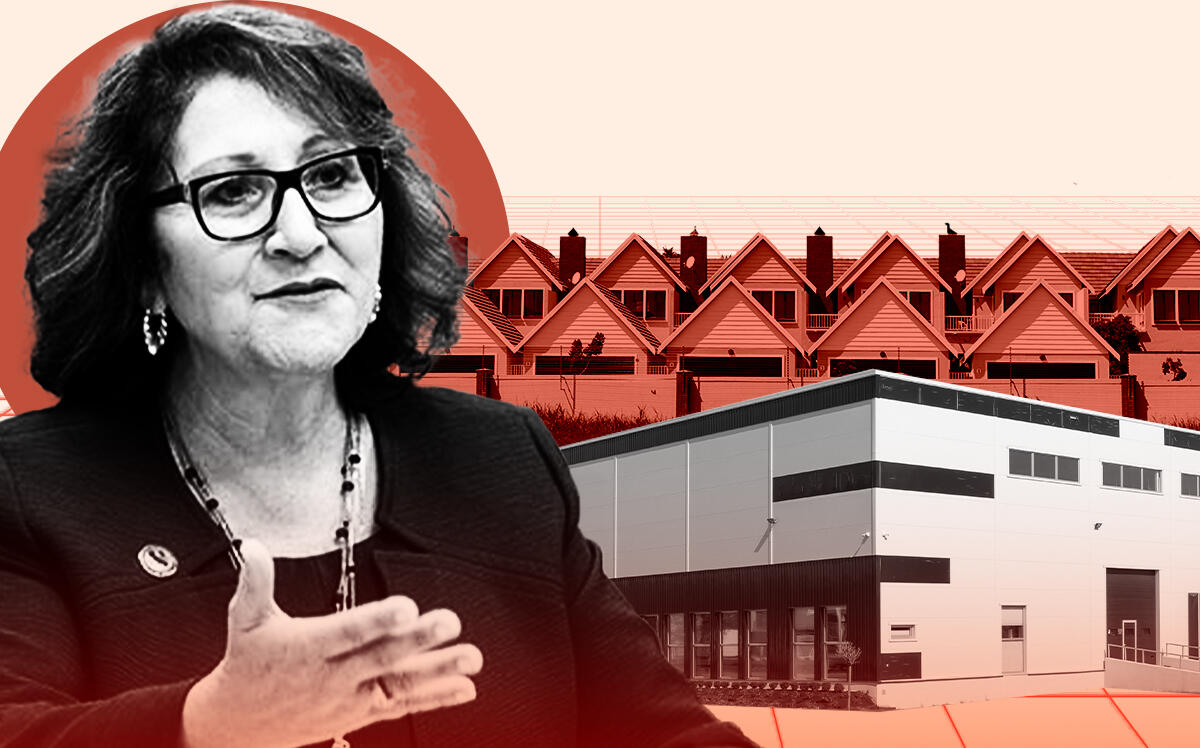Industrial developers in the Inland Empire can keep building large warehouses close to homes — at least for now.
A bill that would have created a 1,000-foot buffer zone between new large warehouse developments and residential areas died in committee on Wednesday. After passing through the State Assembly earlier this month on a 41-25 vote, the State Senate Committee on Governance and Finance failed to come to an agreement on Assembly Bill 2840.
“It’s a big win for our industry and for the Inland Empire in particular,” said industrial specialist Scannell Properties’ head of development, Jay Tanjuan. “We’re in the midst of a national supply chain crisis right now and any restrictions on warehouse development is going to negatively impact the country.”
Industrial developers and brokers vocally opposed the bill, arguing it would prohibitively restrict development at a time when tenants are struggling to find industrial space. Vacancy rates across San Bernardino and Riverside Counties, which make up the Inland Empire, were approaching zero percent in the first quarter, according to CBRE.
Assembly Majority Leader Eloise Gómez Reyes, introduced the bill in an effort to curb truck transportation and industrial-related health risks.
“It is critical that we strike the right balance between supporting the logistics sector and our
state’s supply chain while also protecting the health and safety of California residents,” Reyes previously wrote in her bill comments.
According to reports from the South Coast Air Quality Management District, communities located within half of a mile of large warehouses scored more poorly on measures of environmental health than communities further away from such developments.
But Reyes didn’t get much support in the Inland Empire, with elected officials in the cities of Banning, Brea, Chino, Chino Hills, Eastvale, Fontana, Menifee, Murrieta, Ontario and Rancho Cucamonga all expressing opposition to the bill.
Critics of the bill argued cities already have discretion to determine whether a warehouse will negatively impact the community, as mandated by the California Environmental Quality Act. Others said pushing warehouses further away from developed areas would increase mileage traveled, and in turn, associated emissions.
The state legislature can revisit the bill during its next session in 2023.
“I don’t think this is over,” Tanjuan said. “[Proponents of the bill] made it clear they want to continue this, the question is what shape and form it comes back around in.”
